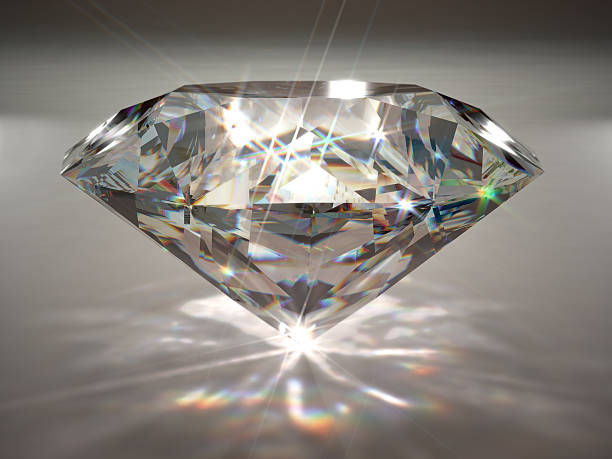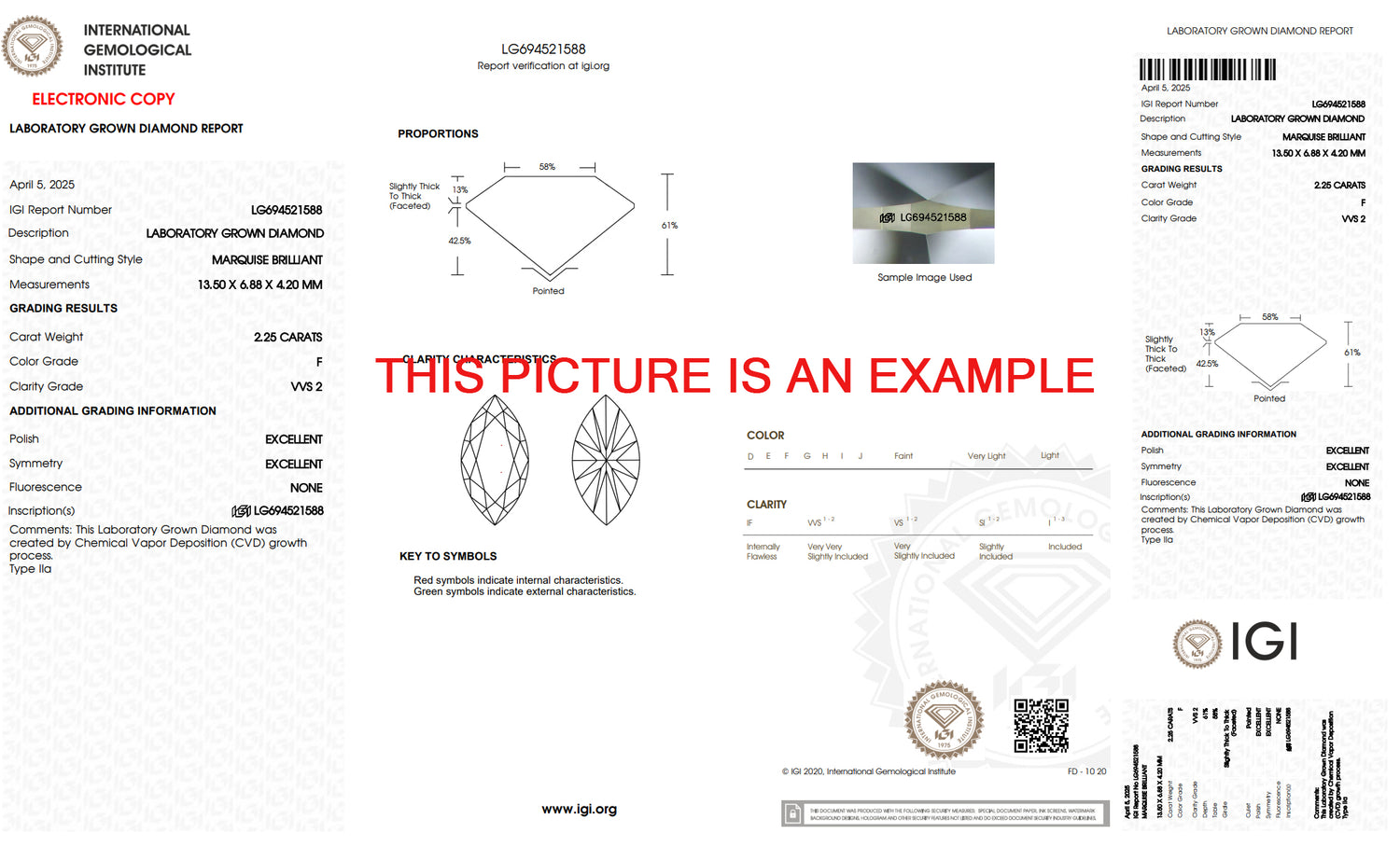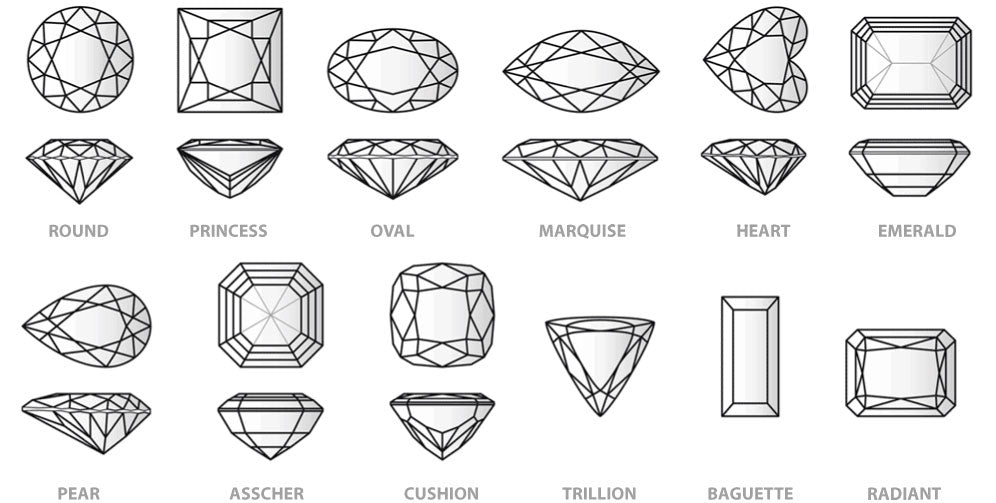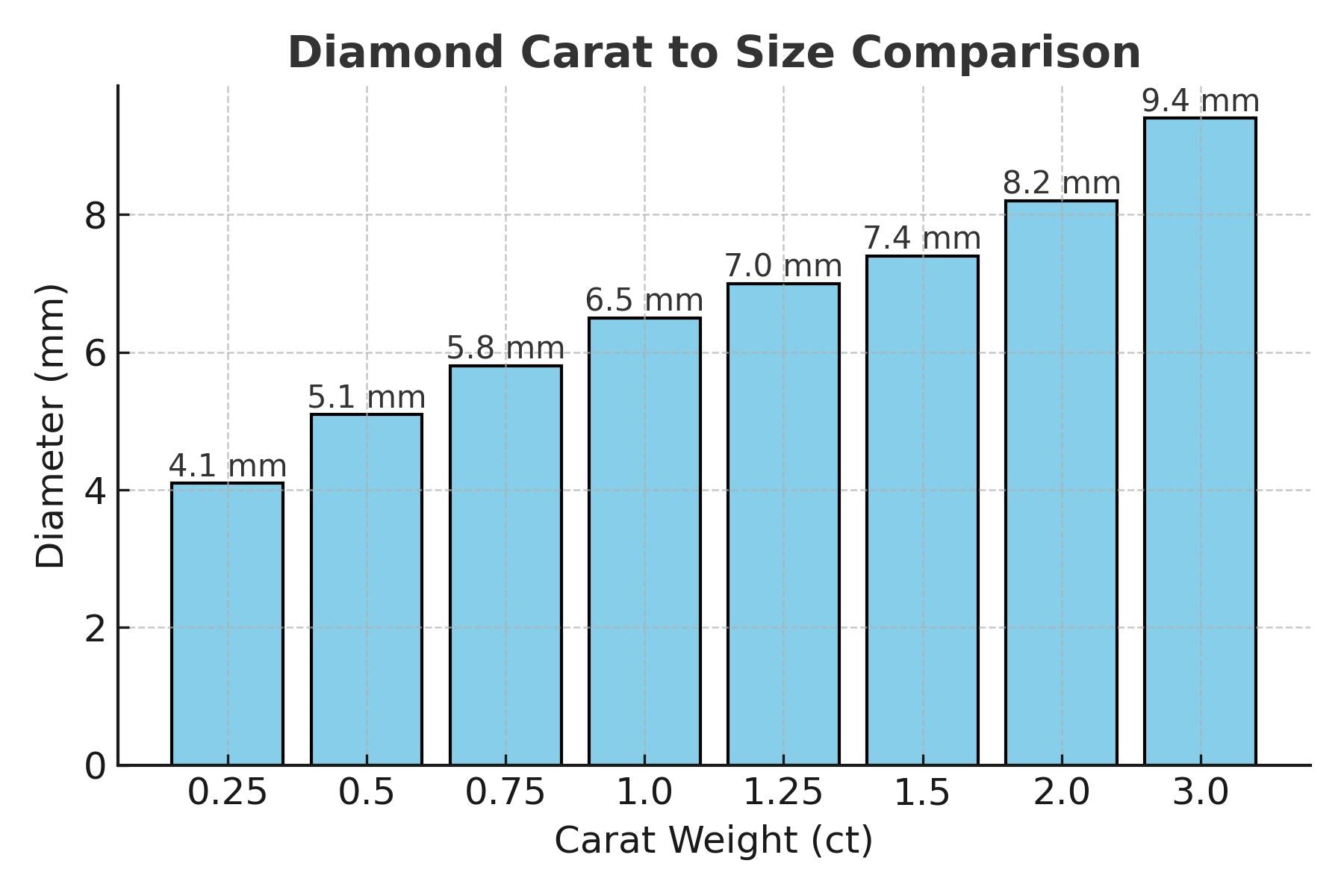Despre noi
Despre

Cine suntem
Cu peste 30 de ani de experiență în crearea de bijuterii, atelierul nostru din România combină măiestria atemporală cu tehnologia modernă pentru a crea piese cu adevărat personalizate. Conduși de un bijutier experimentat, lucrăm exclusiv cu diamante de cea mai bună calitate, certificate, cultivate în laborator, provenite de la cei mai de încredere furnizori. Indiferent dacă proiectați o piesă unică sau doriți îndrumări pentru achiziția dumneavoasră, suntem aici pentru a vă oferi sfaturi de specialitate, servicii personalizate și o atenție de neegalat la detalii.
-
Ce sunt diamantele cultivate în laborator?
Diamantele cultivate în laborator sunt diamante reale, create în laboratoare de înaltă tehnologie, emulând aceleași condiții ca și în natură. Au aceleași proprietăți fizice, chimice și optice ca diamantele naturale - doar fără impactul asupra mediului. Certificate, sustenabile și uimitor de strălucitoare.
-
De ce să alegeți diamante labgrown?
Diamantele cultivate în laborator oferă aceeași frumusețe și durabilitate ca cele extrase din exploatare - la un cost mai mic și cu conștiința curată. Sunt obținute din surse etice, ecologice și certificate pentru calitate. O alegere inteligentă și sustenabilă pentru luxul modern.
-
De ce să cumpărați de la noi?
Cu peste 30 de ani de experiență, creăm bijuterii personalizate în atelierul nostru din România, folosind diamante de cea mai bună calitate, cultivate în laborator. Oferim îndrumare de specialitate, surse de încredere, design de ultimă generație - toate la un preț competitiv.

Despre diamantele labgrown
Diamantele cultivate în laborator sunt diamante reale create folosind metode avansate precum CVD (depunere chimică din vapori) și HPHT (depunere sub presiune înaltă, temperatură înaltă) - replicând procesul natural de formare. Acestea au aceeași strălucire, duritate și compoziție ca diamantele extrase din exploatare, fără a afecta mediul înconjurător. Toate diamantele noastre sunt certificate pentru calitate și autenticitate, oferindu-vă frumusețe cu transparență deplină și liniște sufletească.

Doar diamante certificate
Toate diamantele vândute de acest magazin vor fi însoțite de un certificat emis de Institutul Gemologic Internațional.
Ce este CVD/HPHT?
CVD, sau depunerea chimică din faza de vapori, este un proces în care o sămânță de diamant este plasată într-o cameră umplută cu gaz bogat în carbon. La temperaturi ridicate, gazul se descompune, iar atomii de carbon se leagă de sămânță, formând un diamant strat cu strat. Această metodă produce diamante pure de înaltă calitate, identice din punct de vedere fizic și chimic cu cele naturale.
HPHT (High Pressure High Temperature - Înaltă Presiune și Temperatură) imită condițiile naturale din adâncul Pământului prin aplicarea unei presiuni și călduri intense asupra carbonului. Acest proces transformă carbonul într-un cristal de diamant. Diamantele HPHT sunt reale, durabile și identice din punct de vedere chimic cu diamantele extrase.
Ghidul tău suprem pentru cumpărăturile de diamante cultivate în laborator
Carate – Înțelegerea greutății și valorii diamantelor
Caratele se referă la greutatea unui diamant, nu la dimensiunea sa în milimetri. Un carat este egal cu 0,2 grame . Greutatea în carate afectează atât aspectul , cât și prețul unui diamant, dar nu este singurul factor care determină valoarea.
Un diamant cu un carataj mai mare costă, în general, mai mult, dar prețul crește exponențial - nu liniar. De exemplu, un diamant de 1,0 ct poate fi semnificativ mai scump decât unul de 0,90 ct, chiar dacă cele două diamante par aproape de aceeași dimensiune.
Caratele afectează și raritatea - diamantele mai mari sunt mai puțin frecvente și, prin urmare, mai valoroase.
Sfat: Dacă ești constrâns de buget, ia în considerare diamantele cu o greutate puțin sub pragurile de greutate obișnuite (de exemplu, 0,90 ct în loc de 1,0 ct). Vei economisi bani fără o diferență vizibilă prea mare.
Rețineți: calitatea tăieturii și proporțiile afectează dimensiunea vizuală la fel de mult ca și greutatea în carate.
Formă – Alege un diamant care te reprezintă
Forma diamantului se referă la conturul sau silueta pietrei atunci când este privită de sus. Forma este o alegere personală - influențează stilul general și cât de mare pare diamantul.
Iată câteva dintre cele mai populare forme de diamante de laborator:
Briliant rotund : Cea mai clasică și strălucitoare formă, optimizată pentru strălucire. De obicei, prețul este puțin mai mare din cauza cererii mai mari și a preciziei de tăiere.
Oval : Un aspect modern, elegant, care adesea pare mai mare decât un diamant rotund chiar dacă este de aceeași greutate în carate.
Emerald : Elegantă și de inspirație vintage, această formă etalează claritate printr-un stil unic de tăiere în trepte.
Cushion : Subtilă, romantică și atemporală, o alternativă a formei emerald, cu colțuri rotunjite.
Pear/Pară : O formă îndrăzneață, de lacrimă, care alungește degetul.
Princess : Tăietură pătrată, cu aspect modern și foc excelent.
Unele forme pot părea mai mari sau mai mici, în funcție de modul în care reflectă lumina și de modul în care este distribuită greutatea lor în carate.


Dimensiune vs. Buget – Achiziții inteligente pentru impact maxim
Când cumperi un diamant cultivat în laborator, primești o dimensiune și o calitate mai bună pentru banii tăi în comparație cu pietrele naturale. Dar dimensiunea în sine nu este totul - echilibrul contează.
Dimensiunea vizuală vs. caratele reale : Două diamante de același carataj pot arăta diferit în funcție de formă, adâncimea tăieturii și dimensiunea mesei.
Tăietura contează mai mult decât caratele : O piatră bine tăiată de 0,90 ct poate străluci mai mult decât una prost tăiată de 1,0 ct.
Sfaturi bugetare :
Mergeți puțin sub valorile populare în carate (de exemplu, 1,4 ct în loc de 1,5 ct) pentru a economisi semnificativ.
Luați în considerare o claritate sau un grad de culoare puțin mai scăzut dacă nu afectează ceea ce este vizibil cu ochiul liber.
Alege forme care par mai mari (cum ar fi oval, pară sau marquise) dacă prezența dimensiunii contează pentru tine.
Suntem aici pentru a vă ajuta să alegeți cea mai bună piatră în funcție de preferințele, nevoile și bugetul dumneavoastră - fără compromisuri .
Contactați-ne pentru o îndrumare aprofundată către alegerea potrivită pentru gusturile și bugetul dumneavoastră.